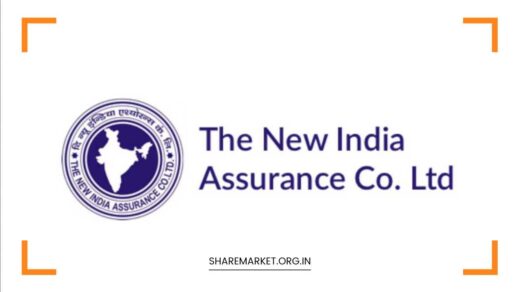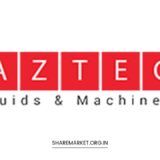Signed Cheque: Important Considerations for Signing Checks to Avoid Costly Mistakes

Signed Cheque
Check Bounce: Ensuring Secure Transactions and Preventing Financial Loss
In today’s rapidly advancing digital payment landscape, the traditional practice of issuing and accepting checks continues to hold its ground, especially for significant transactions.
However, amidst the convenience of modern financial systems, the issuance of a check demands meticulous attention and care to avoid potential pitfalls.
A seemingly insignificant oversight during the process can lead to substantial financial losses and complications. A check is not merely a piece of paper; it represents a potent financial instrument that facilitates the transfer of funds.
Therefore, prior to endorsing a check, a comprehensive understanding of the recipient and the transaction’s purpose is paramount.
The potential misuse of a signed check underscores the need for vigilance. Unscrupulous individuals may exploit a signed check by fraudulently filling in unauthorized amounts, potentially resulting in substantial financial setbacks.
While various safeguards exist to mitigate such risks, an astute approach to check issuance can significantly reduce unnecessary complications.
Key Considerations Before Signing a Check:
- Account Balance Assurance: A cornerstone principle in check issuance is to ensure the availability of sufficient funds in the account. A bounced check, an occurrence where a bank rejects a check due to insufficient funds, holds legal consequences. This financial misdemeanor can lead to penalties and even incarceration, as stipulated by the Negotiable Instrument Act of 1881. Thus, a diligent assessment of the account balance is imperative before issuing a check.
- Accuracy in Date Selection: The significance of accurately dating a check cannot be overstated. The specified date corresponds to the precise day of issuance and serves as a critical reference point for cashing the check. An erroneous date entry could result in the rejection of the check by the bank. Moreover, maintaining precise financial records complements this practice, ensuring clarity and avoiding potential discrepancies.
- Name Clarity: The legible and accurate representation of the recipient’s name on the check holds paramount importance. A correctly spelled name expedites the check-clearing process and prevents unnecessary delays. Mistakes in name inscription can lead to the rejection of the check by the bank, highlighting the significance of this detail.
- Consistent Signature Practices: A consistent approach to signing checks is crucial. It is imperative to replicate the signature as recorded by the concerned bank branch. Deviations in signature style, a practice sometimes adopted for multiple banks, should be cautiously approached to avoid any confusion or potential rejection of the check.
- Ink Choice for Tamper-Resistance: The choice of ink used in writing checks plays a pivotal role in safeguarding against tampering. Opting for permanent ink acts as a deterrent against unauthorized alterations, ensuring the integrity of the check and preventing potential fraud.
- Prudent Spacing of Words and Figures: When drafting a check, attention should be devoted to the spacing between words and figures, both in the recipient’s name and the specified amount. Excessive spacing provides a window for tampering, enabling unauthorized modifications. Further, ensuring consistency between the amount in words and figures is critical, as disparity may lead to the check’s rejection.
- Avoid Blank Checks: The issuance of blank checks should be categorically avoided. Blank checks are vulnerable to abuse, as they can be exploited to insert arbitrary amounts, exposing the issuer to substantial risk. To mitigate this threat, checks should be diligently completed before issuance.
- Documentation of Check Details: Maintaining a comprehensive record of check details, including the check number, account name, amount, and date, proves invaluable. This practice not only facilitates potential cancellations but also aids in tracking and detecting any discrepancies or unauthorized check usage.
In conclusion, the practice of issuing checks endures as a trusted mechanism for financial transactions, even in the digital age.
However, the process demands a meticulous and informed approach to ensure the security of funds and prevent potential pitfalls.
By adhering to essential guidelines, such as confirming sufficient account balance, accurate date entry, clear recipient names, consistent signatures, judicious ink selection, prudent spacing, avoidance of blank checks, and thorough documentation, individuals can navigate the check issuance process with confidence and minimize the risk of financial loss and legal ramifications.
In an era characterized by rapid technological advancements, the timeless practice of issuing checks can coexist harmoniously with modern financial paradigms, provided that due diligence and caution remain at the forefront of every transaction involving this venerable financial instrument.

















